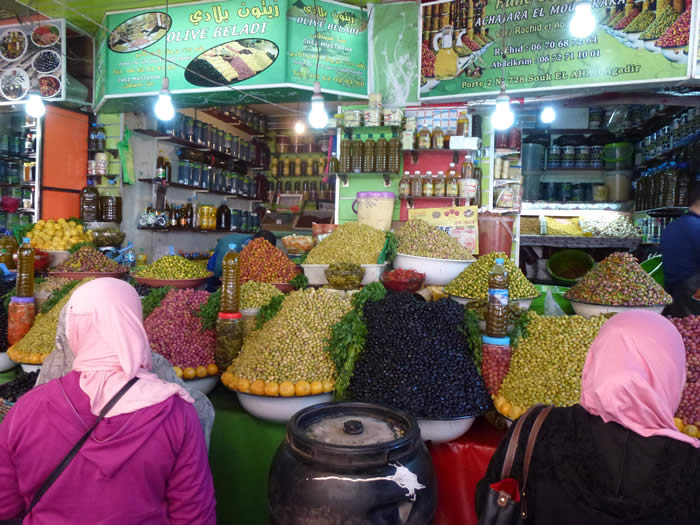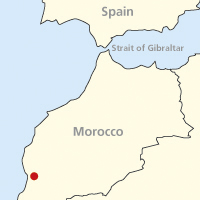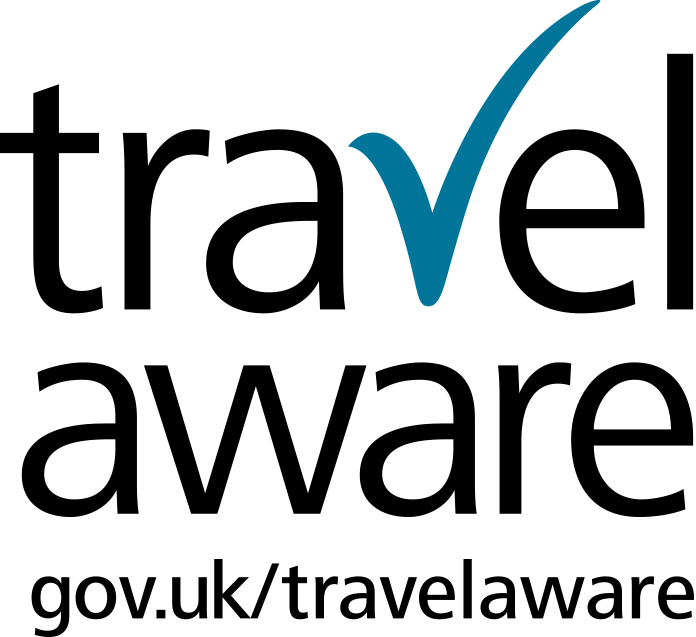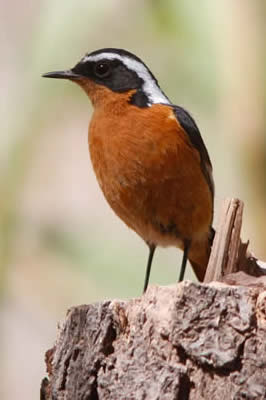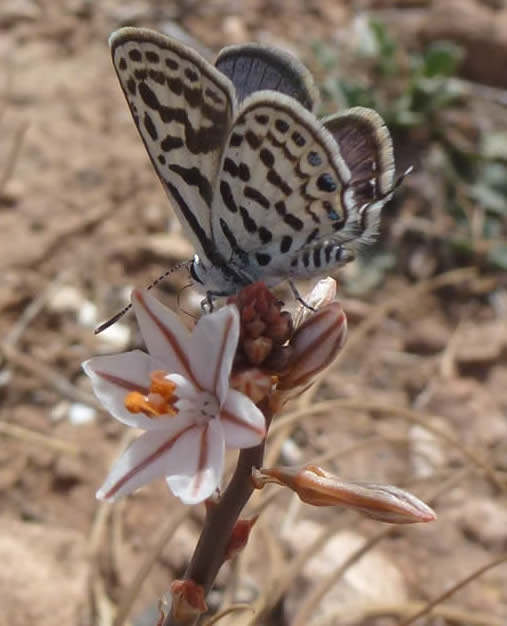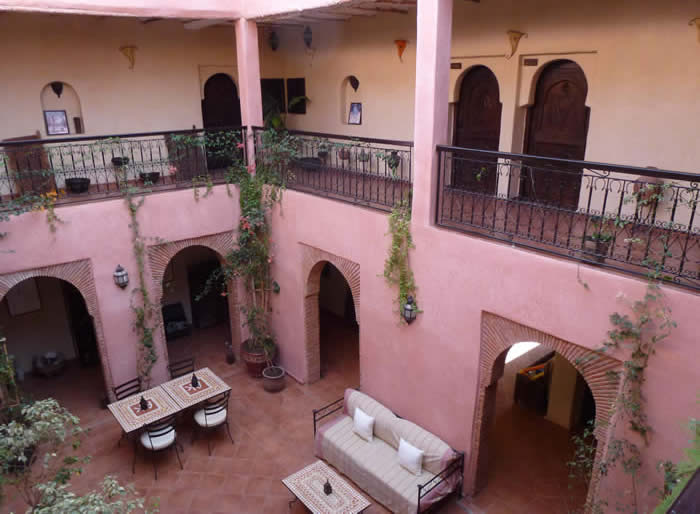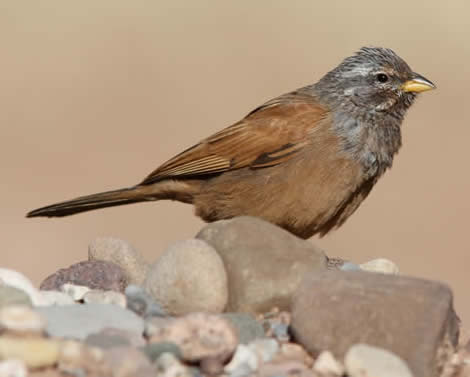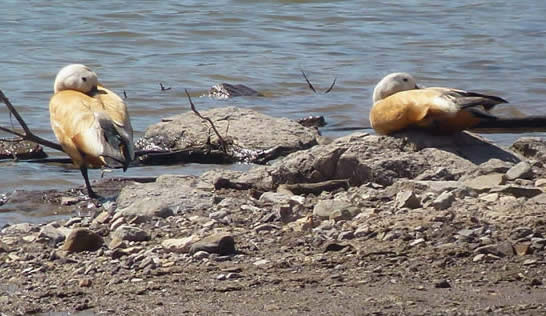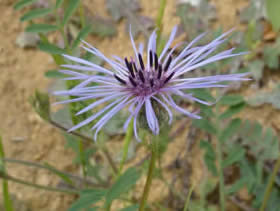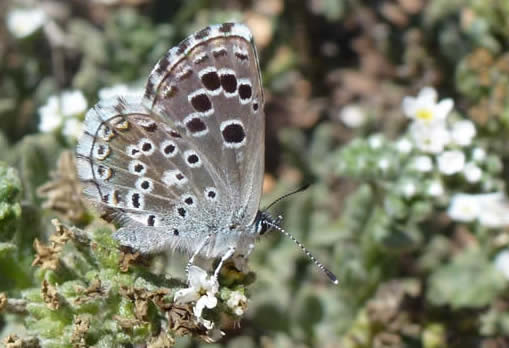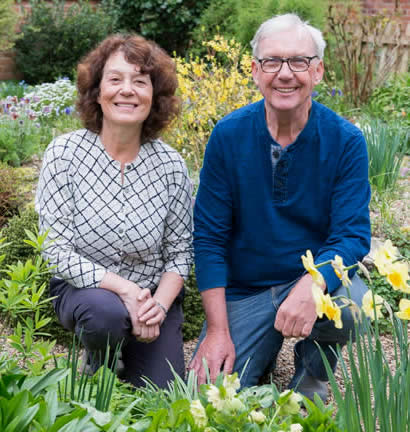Morocco 9 – 16 March 2027
In the foothills of the Anti Atlas
Just a short distance inland from coastal Agadir – with its pallid and little swifts – even many garden birds are unfamiliar. There’s a touch of glamour about Moussier’s redstart, house bunting and bulbuls, all widespread here and easy to see where we stay.
Oued Souss and Oued Massa – part of the Souss-Massa National Park – are a coastal wetlands with easy birdwatching. Waders, terns and passerines of many species pass through, and we are here at an ideal time for passage birds including warblers, swallows and bee-eaters. Inevitably there are herons, spoonbills, egrets and probably flamingos.
Low cliffs support the last truly wild population of the northern bald ibis. One of Europe’s rarest birds, intensive conservation efforts have brought it back from the brink of extinction.
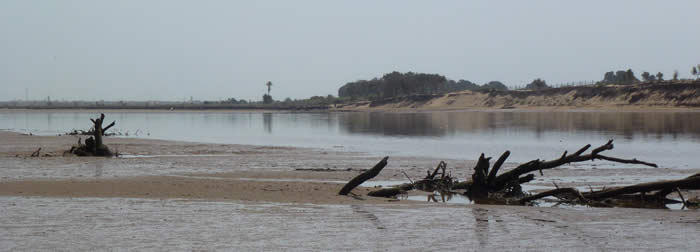
Souss Estuary
Part of the attraction of Morocco is the cultural charm, such as flat-roofed Berber villages, herds of sheep and goats and a distinctive cuisine. These are all in evidence around our holiday base, the Atlas Kasbah Eco-lodge, which has a feel of a small castle with its towers and ramparts. It provides friendly and comfortable accommodation run by owners Hassan, a Berber, and his wife Hélène, who is French, providing employment for local people in the kitchen and garden. The hospitality and food are big ingredients: that food: gently spiced, with couscous, tagine and an excellent mix of meats and vegetables, often with a French twist. Mint tea is a local speciality.
The eco-lodge – so named as it has strong environment values, such as using local produce, solar power and on-site water treatment – is situated in the Argan Biosphere Reserve, a UNESCO World Heritage Site. The area is called the ‘High Atlas’ mountains, though here we are in low hills, only 20 minutes from Agadir but a useful distance away from more developed coastal areas where tourism is concentrated.
This holiday is led by Richard Hobbs and Sally Ward, who used to have their own business called N & S Wildlife & Walking Holidays. Like Honeyguide they take it slowly and enjoy all types of wildlife. Richard is a very experienced botanist, and knows the Moroccan specialities that grow alongside more familiar Mediterranean flowers.
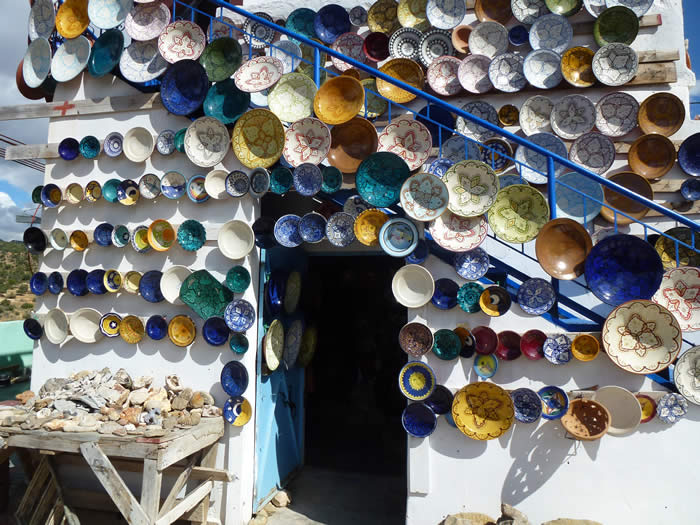
Shops and souks (Agadir's souk is on the right) provide local colour.
Birds
Those above plus laughing dove, hoopoe, short-toed eagle, Barbary falcon, ruddy shelduck, black and black-eared wheatears, little owl, Barbary partridge, woodchat and great grey shrikes, red-rumped swallow and spotless starling. The ‘Maghreb’ magpie mauritanica is distinctive with blue facial skin, and generally ‘split’ as a separate species, as is the distinctive African chaffinch. Black-crowned tchagra – a bush-shrike - is more African than Mediterranean: though it can be skulking and tricky to see, it was at our base of Atlas Kasbah in 2016 and 2019, absent in 2023, then seen in two places in 2025
The holiday is about enjoying the local birds and other wildlife, rather than travelling distances to see lots of Moroccan specialities.
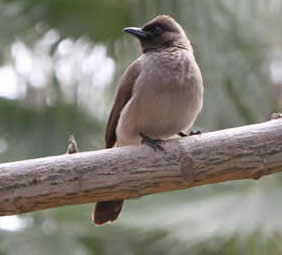
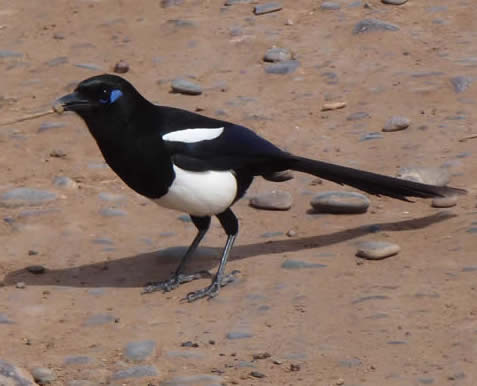
Common bulbul (Igor Maiorano); Maghreb magpie, now confirmed as a separate species (more here).
Flowers
Near the coast there are bright yellow broomrape-like Cistanche phelyphaea, pink Frankenia and some astonishing large spurges, which at first glance appear to be large, prickly cacti. There are also more familiar families such as lavender, poppies and rockroses, alongside the knapweed-like Volutaria maroccana and the odd-looking Periploca – a milkweed relative. There are restharrows in pink and yellow, Moroccan toadflaxes and an endemic bugloss. Spring flowers can include Dipcadi, a brownish ‘bluebell’. More photos of flowers (an ID sheet for the last group).
Catanche arenaria; Barbary nut iris; Periploca angustifolia.
Other wildlife
Barbary ground squirrel, Moorish tortoises, Saharan green frog. Butterflies could include greenish black-tip, false baton blue and common tiger blue.
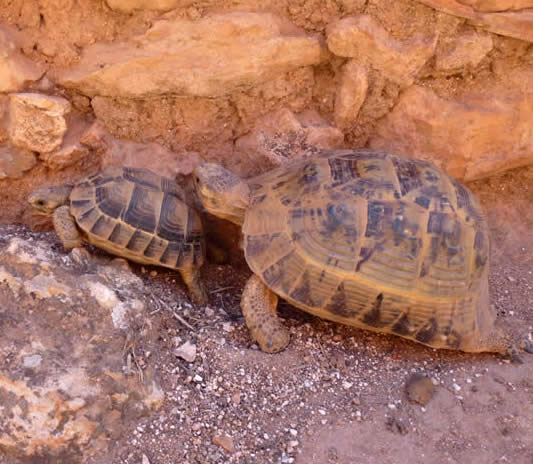
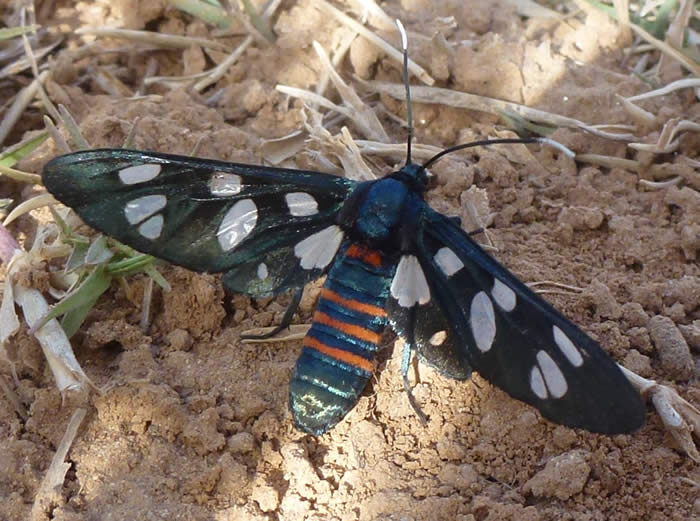
Spur-thighed (Moorish) tortoises; Syntomid moth Amata alicia.
Conservation project
A team of wardens safeguards nesting and feeding areas of the endangered northern bald ibis. The work is run by GREPOM, a small NGO and the new BirdLife partner for Morocco, supported by SEO/BirdLife Spain. Report from our donation of £800 in 2016 here and it's in June 2016 Birdwatching magazine here. Photos from the visit to the bald ibis colony on Facebook here.
The bald ibis was previously listed as 'critically endangered', and reclassified as 'endangered' in 2018 because of the success of the past 20 years when monitoring and protection in Morocco has helped the population grow to 150 pairs. This population in Morocco are the only truly wild northern bald ibises remaining. There is a small semi-wild population in Turkey; a tiny population in Syria is thought to be extinct. Reintroduction projects in Andalucia (Spain) and Austria are making good progress.

Bald ibis (Igor Maiorano), supported by our conservation project on this holiday.
Holiday details (2027)
Price: £1,900 per person in twin or double room for a full week, Tuesday to Tuesday. Price does not include drinks with dinner.
Single room supplement: £200
En suite facilities
Flights (based on previous years, though they follow a consistent pattern)
Scheduled easyJet flights London Gatwick (North Terminal) to Agadir.
09 Mar: EZY8703 depart London Gatwick 07:40 arrive Agadir 11:40.
16 Mar: EZY8704 depart Agadir 12:25 arrive Gatwick 16:15.
Deposit: £400
Maximum number (plus 3 leaders): 14
Leaders
Richard Hobbs and Sally Ward for many years ran N & S Wildlife & Walking Holidays, a small company offering natural history holidays. They are based in a village near Norwich, close to the Honeyguide office, and as old friends are natural partners for Honeyguide. This is a holiday designed by Richard and Sally and run jointly with Honeyguide in 2016, 2019, 2023, 2025 and again this year. Richard worked for Norfolk Wildlife Trust for 17 years, ending up as Director, before concentrating on gardens (he sell seeds by mail order) and holidays.
Chris Durdin will join the group, mostly as bird guide on this occasion. He is the driving force behind Honeyguide, running holidays since 1991. For many years he combined this with his work for the RSPB in Eastern England, often the Society’s spokesman, but has been concentrating on Honeyguide full-time since 2009. Chris is the co-author of a book about Norfolk’s cranes and leads regular walks on his local wildlife trust nature reserve, Norfolk Wildlife Trust's Thorpe Marshes. He’s also a barbershop singer. As a naturalist, Chris is an all rounder.
Argan trees in the
Argan Biosphere Reserve: there is a thriving export market for argan oil. More on Wikipedia here.


